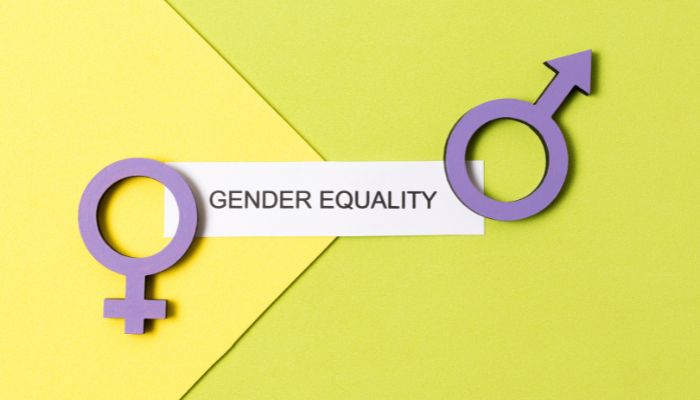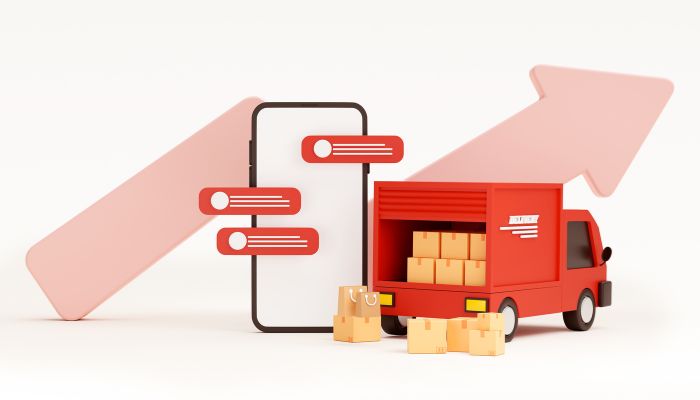Diversity and inclusion truly give the full spectrum of benefits in the long run when the entire organization is fitted to support and sustain the spirit in which they are followed. Modern workplaces are furnished with a view to supporting diversity in letter and spirit. But a tangible form of executing it starts in the mindset. Diversity in the workplace begins with being ready to hear warring opinions and evaluating them respectfully.
Ignoring the advancement of women workers is a costly mistake for businesses. By sidelining diversity and inclusion, they deny themselves the unique 360-degree perspective towards defining problems, the out-of-the-box problem-solving methods, and the versatility that is channeled by females.
Accenture, in its report, “When she rises, we all rise” points out boldly that women are more loyal to their organizations. It finds that when gender balance in the workforce and pay parity are smoothened, workplace policies, performance, and satisfaction are streamlined. Companies that work for diversity and inclusion promote women four times more likely than others. This figure is greater, that is to say, women are likelier to get promoted if there are more women in the senior manager cadre. Side by side, the advancement of males to director cadre is favorable too.
Irrespective of product/service category, businesses market their offerings to women, specifically women professionals, routinely. When that is so, the unique “insider take” on this section of the target audience can be understood from one’s workforce who have ready opinions and feedback to share.
You might also be interested to read: Diversity Programs – ‘From Intention to Impact’
How culture is governed by diversity in the workplace?
A key element of making the environment conducive to working women and working mothers is the provision of infrastructural facilities, amenities, and logistical appendages. But even before these changes are enforced, diversity and inclusion starts with the mindset that accepts women as an integral part of the workforce. Diversity in the workplace comes in many forms including accepting contributors who might be differently-abled or have special learning needs.
Organizational values of diversity and inclusion are laid through the work culture that is followed in spirit, day to day. Women should ideally be able to participate in all levels of the hierarchy and voice their opinions based on merit as opposed to their identity as women. When it comes to execution, however, life stages such as the birth of children and the responsibility of childcare still falls invariably into the ambit of women workers, and their representation in the higher levels of the organizational hierarchy plummets.
To counter this fall-out, organizations that care about diversity and inclusion create opportunities for women with the flexibility of work timings, logistical benefits, and perks for working mothers. The extra-mile in this effort comes by judging women workers on performance metrics that are outcome-led.
The Global Recruiting Trends 2018 report by LinkedIn Talent Solutions holds a positive view on increasing diversity saying 78% of companies reap better engagement and workplace culture by introducing more women and ethnic groups into their workforce. An inclusive culture points to openness for ideas, physical and cultural attributes of the human resources, and engenders a positive work culture.
References:
- Ellyn Shook and Julie Sweet, Getting to Equal 2018: Creating a Culture Where Everyone Thrives, Accenture, 2018
- Sushma U N, India Inc is now willing to pay more to fix its gender diversity problem, QZ.com, March 22nd, 2018
- T.N. Hari, Diversity starts with a change in mindset, not conducive infrastructure, Livemint, October 16th, 2019






